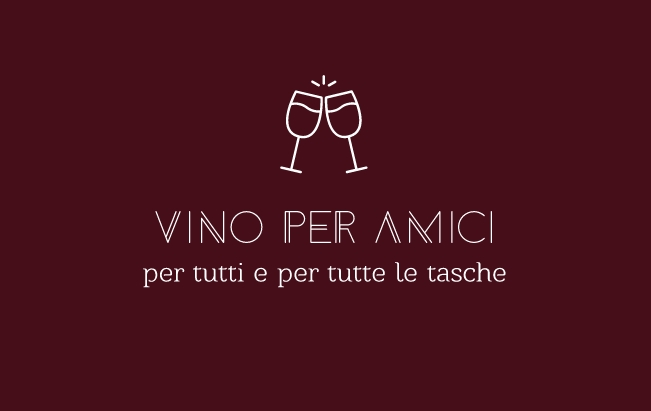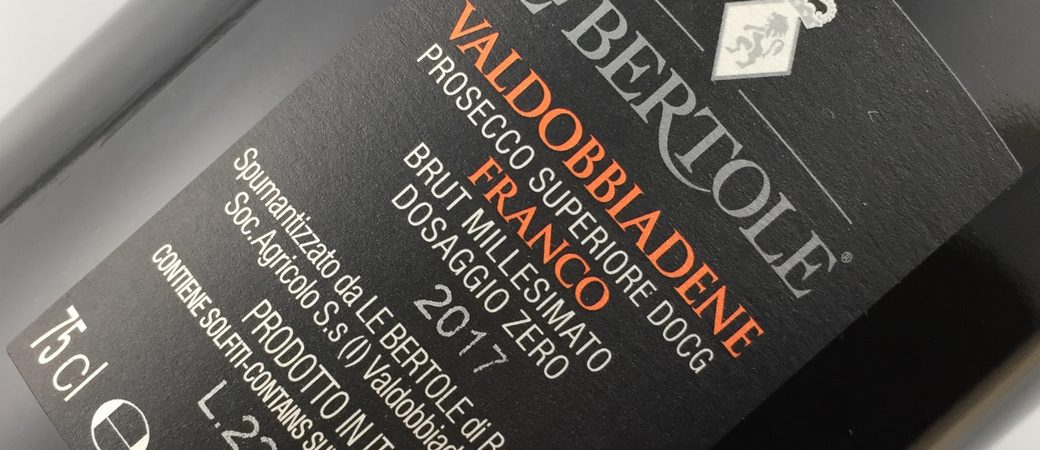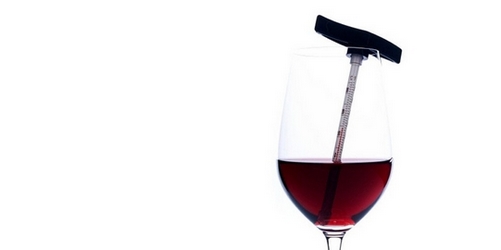Given that wine can be refrigerated, even red, it is necessary to find a way to store the wine after it has been opened. Sometimes it’s not possible to finish an entire bottle by yourself and opt to finish it the next day.
In some cases, a great deal is unintentionally made: there are some wines that need hours before expressing themselves to the fullest of their aromas and taste. This is the case of a Sagrantino di Montefalco, a Barolo or an Amarone. These wines, especially if they are dated, take a long time to stretch their legs and run as they know. In their case, it might be a good idea to leave a few sips for the next day.
Younger wines, on the other hand, will have already started developing strange smells and souring the next day.
But how can wine be stored?
The refrigerator is a good ally on summer nights, of course, but the most dangerous enemy is oxidation, and therefore air.
We need to find a way to prevent the wine from being in contact with the air for too long. How you do it?
There are two methods:
- Remove the air
Replace the air with something else (what?)
Remove the air from the wine
To remove the air from the bottle and avoid contact with the wine, the best method is to use vacuum stoppers.
They are caps with a pump that pulls the air out and creates a vacuum inside the bottle. I tried these: LINK and was quite happy with it. The vacuum is held overnight, no more and then the cork begins to leak. Enough time for another tap in the morning to reach the evening.
There are two types: with integrated pump or not. Does not change much. They cost little and perform their function without too many pretensions. With due care, the wine can be kept for a couple of days or a little more.
Replace the air with something else
We have said that the main enemy of wine is oxidation. It is not the air itself, but the oxygen.
So you have to find something, other than oxygen, to put in the bottle.
Excluding toxic gases or other liquids, the choice necessarily falls on an inert gas, that is a gas that does not bind with other elements and therefore does not give rise to any chemical reaction, especially oxidation.
There is someone who thought of us and created the Coravin.
The Coravin has a needle that goes into the cork and pours a splash of argon into the bottle, an inert, non-toxic gas with no smell or taste. Argon avoids contact of wine with oxygen and keeps it for weeks.
I saw this wonderful object for the first time in a cellar during a tasting. They made me taste a bottle opened the week before and it was perfectly identical to the one opened a few hours ago. No changes after 7 days.
It is a professional item, with professional costs. It is also worth every penny because the manufacturer of the Coravin declares that the conservation can go beyond two months. Of course it also depends on the tightness of the cork.
So there are two methods of storing wine that we can’t finish right away.
The first is cheap, from 10 to 15 euros and is excellent for limiting damage and storing wine for a couple of days, the second is economically more demanding, more professional and with much better results.
Coravin, wineries and wine bars aside, is suitable for enthusiasts who want to compare similar wines in different situations.
You could buy a bottle of Chardonnay a week, first a Chardonnay Alto Adige Sud Tirol DOCG, the following week a Chardonnay Trentino Lagaria and a third week a Chardonnay Tellus Falesco.
In the fourth week, the comparison: all three bottles will be as if they were just opened and easily comparable to each other.







Rispondi